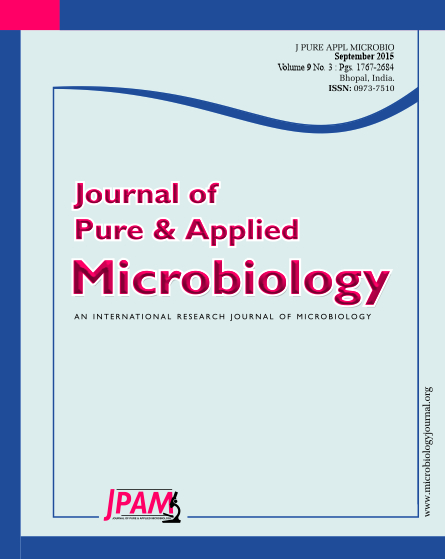In this study, vermicomposting of organic solid waste with the E. fetida in different media materials ratios of the cow manure and rice straw with catalysts of baker’s yeast and whey have been investigated. The experiments were performed with 10 treatments with three replications and a total of 30 experimental units. 50 cc whey was added to the first 15 media. 48.5cc baker’s yeast (Saccharomyces cerevisiae) with a low pH and water along with1.5cc of diluted sodium hydroxide (1 normal at the balloon 50cc) added to each of the second 15 media. The pH receipt to 7.13, which is suitable for the growth of the E. fetida earthworm. The earthworms were inoculated the 3 days after the addition of catalysts. The pH, EC, Na and K of the media were measured after 15 and 30 days. The number of earthworms that had entered into substrates with the whey came out immediately. The earthworms that have not been out of media were completely destroyed after two days. After 15 days the pH and EC comparison by means of Duncan’s multiple range test (P = 5%) showed significant differences between treatments, and the pH difference between 100% cow manure treatment and other treatments was significant. Significant EC differences observed in the treatment 1 compared with the other treatments. After 30 days the EC had significant differences in treatment 1 compared with the treatments 3-5. As well as there was the significant difference between the first three treatments with the treatments 4 and 5. The media of the baker’s yeast increased fermentation rate, the percentage of Na and K, which increases the EC. The Higher ratios of the cow manure were effective in creating pH. The pH levels increased in the second stage; however, it was appropriate to growth and survival of E. fetida earthworms.
Catalysts, cow manure, E.fetida, rice straw, vermicomposting
© The Author(s) 2015. Open Access. This article is distributed under the terms of the Creative Commons Attribution 4.0 International License which permits unrestricted use, sharing, distribution, and reproduction in any medium, provided you give appropriate credit to the original author(s) and the source, provide a link to the Creative Commons license, and indicate if changes were made.


